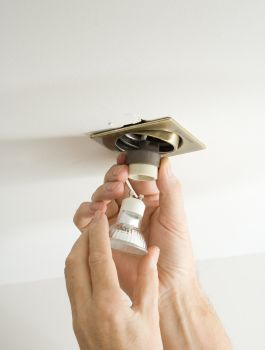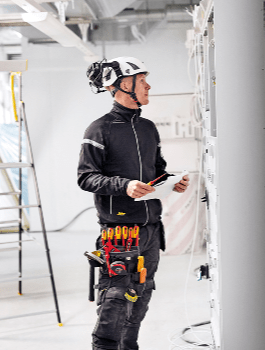Dehumidifier Types
Blog
A Guide On Choosing A Dehumidifier
refrigerant , a desiccant , and a whole house . Of course, each of these dehumidifiers has a different way of collecting moisture and knowing this will guide you on which one to settle on.refrigerant dehumidifier uses a process that is pretty much the same as the refrigerators that are used at home. The process cools a metal plate on which moisture from the air condenses. Moreover, the refrigerant dehumidifier has a fan that constantly draws air over the cool metal plates, thereby causing more and more of the moisture to condense onto the plate before dripping into its water tank. This, in turn, causes the relative humidity in the house to drop to a normal level, after which the unit will automatically switch itself into standby mode until the entire process is required again. It is also worthy to note that refrigerant dehumidifiers are highly efficient at room temperatures, whereas their performance is reported to decline drastically in cooler temperatures. This assertion can be explained as a result of the formation of ice on the metal cooling plates or coils. Of course, a refrigerant dehumidifier can also operate efficiently at lower temperatures, but it will be more expensive as it will require high performing components as well as other additional features. It is therefore evident that the refrigerant dehumidifier is suitable for normal living areas and not for rooms with fairly low temperatures.desiccant dehumidifier is different from a refrigerant dehumidifier as the formal absorbs water from the air through the use of a desiccant (water-absorbing material). This type of dehumidifier is known to have a wheel, which usually turns slowly through the incoming air stream, thereby absorbing moisture. However, as the wheel of the desiccant dehumidifier rotates, a proportion of it passes through a stream of warm air and reactivates the desiccant by driving off the moisture. The condensed water is either collected in its tank or drained out through a tube at the back of the unit or through a plug hole. The desiccant dehumidifier is smaller as well as lighter than the refrigerant and besides, it can operate at much lower temperatures than the refrigerant type. Thus, if you desire a dehumidifier for cool areas such as garages and workshops, the desiccant type is highly suitable.Whole House Ventilation dehumidifiers are however the most effective when it comes to getting rid of mould and condensation from home. Ventilations systems such as the Lofty are also cheaper to run than other kinds of dehumidifiers and its running cost is estimated at less than a penny per day. Besides, the ventilation dehumidifiers are so quiet that one will hardly remember there is one in the room. The reason is that these units can sit quietly in the lofty space while pushing air into your home through a discreet grill, which could be mounted in the hallway. Whole House Ventilation Dehumidifiers are easy to install and the installation process typically takes about an hour. It’s indeed the most popular type of dehumidifier and it’s suitable for big houses.
Posted on:
November 20, 2019
Last Updated on
November 27, 2019 12:26

 Hate
Hate
 Dislike
Dislike
 Neutral
Neutral
 Like
Like
 Love
Love





















